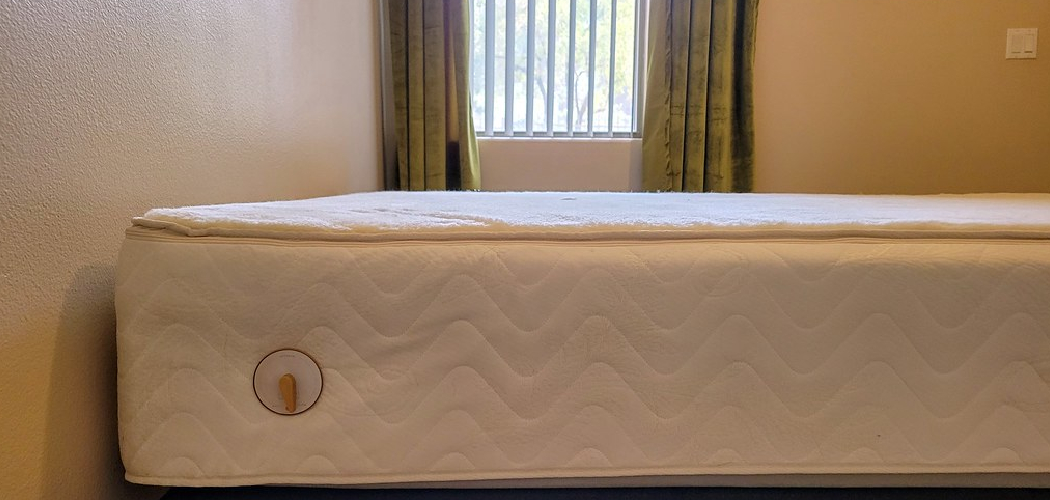Your mattress is more than just a place to sleep; it’s where you find solace after a long day and recharge for the challenges ahead. Over time, though, mattresses can lose their freshness and comfort. They might develop odors, lose their bounce, or accumulate dust. The good news is that you can revive your mattress and bring back that feeling of sleeping on a cloud without the need for a costly replacement.
In this comprehensive guide, we will explore a variety of techniques and tips on how to refresh a mattress. From simple daily maintenance routines to deep cleaning methods, we’ll show you how to breathe new life into your mattress, ensuring that you wake up feeling rejuvenated and ready to conquer the day.
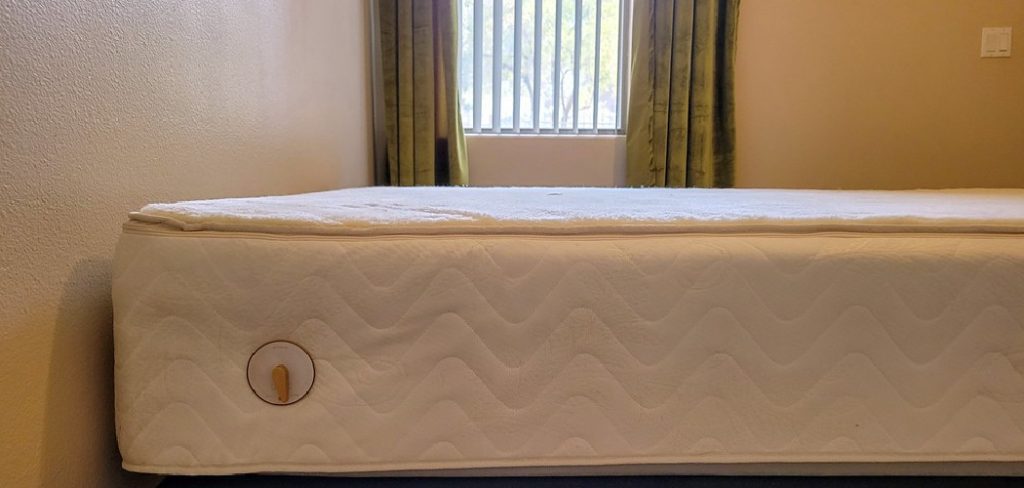
So, whether your mattress is showing signs of wear or you simply want to maintain its pristine condition, read on to discover the secrets to mattress revival.
Why Mattress Refreshment Is Important
Regularly refreshing your mattress is essential for keeping it in good condition. Not only does this help make sure that you get a comfortable night’s sleep, but it can also extend the life of your mattress and reduce allergens in the bedroom. Here are some of the key benefits to refresing your mattress regularly:
- Reduce dust mites: Dust mites are tiny creatures that feed on dead skin cells. Not only do they make your mattress uncomfortable, but they can also trigger allergies or asthma attacks in some people. Regularly refreshing and vacuuming your mattress reduces the number of dust mites living in it.
- Reduce allergens: Allergens like pet dander, pollen, and dust can all collect in your mattress. Refreshment helps to remove these allergens, making it easier for people with allergies or asthma to breathe at night.
- Extend the life of your mattress: Regularly refreshing and flipping your mattress can help reduce wear-and-tear. This will make sure that your mattress remains comfortable and supportive for longer, so you don’t have to buy a new one as soon as you would with other mattresses.
Overall, mattress refresment is an essential part of taking care of your mattress and making sure it stays in good condition for many years. Taking the time to regularly flip or vacuum your mattress will help ensure that you get the most out of it and keep allergens at bay. It’s also important to make sure you use the right cleaning products and follow any
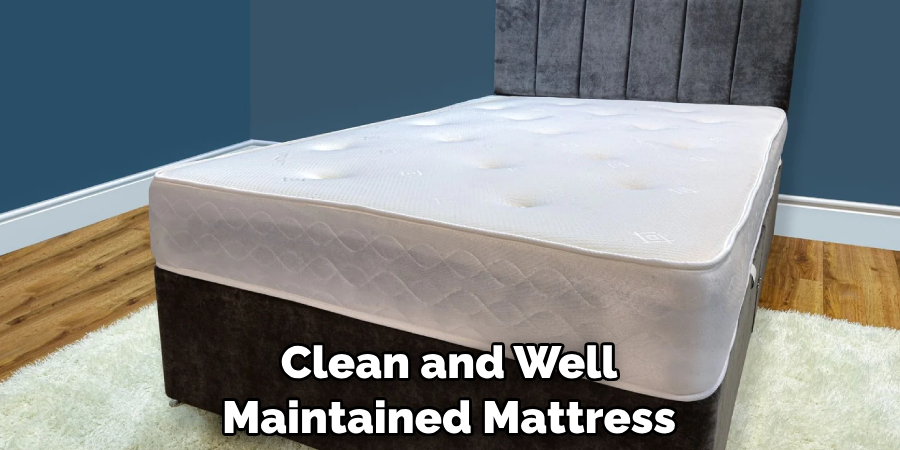
Benefits of Maintaining a Clean and Comfortable Mattress
Maintaining a clean and comfortable mattress can reap many benefits which make it worthwhile to regularly refresh your mattress. A clean and well maintained mattress will help you sleep better, reducing fatigue and improving overall physical health. It will also improve the longevity of the mattress, meaning that you don’t have to buy a new one as often.
Additionally, allergens such as dust mites and pet dander can be greatly reduced when a mattress is regularly cleaned, reducing the risk of reactions or illnesses. With regular cleaning and maintenance, you can keep your mattress in tip-top shape for years to come.
One easy way to maintain your mattress is by flipping it every few months. This helps redistribute the weight on the mattress so that it does not wear down in one spot. It is also a good idea to brush or vacuum the mattress every month or two to remove dust and dirt particles.
10 Steps How to Refresh a Mattress
Step 1. Vacuum the Mattress
The first step in refreshing a mattress is to vacuum it. This will remove any dust, dirt, and debris that has accumulated over time. Vacuuming should be done on both sides of the mattress, as well as along the edges and seams. It is important to use a vacuum with a brush attachment to ensure that all dirt and dust are removed from the mattress.
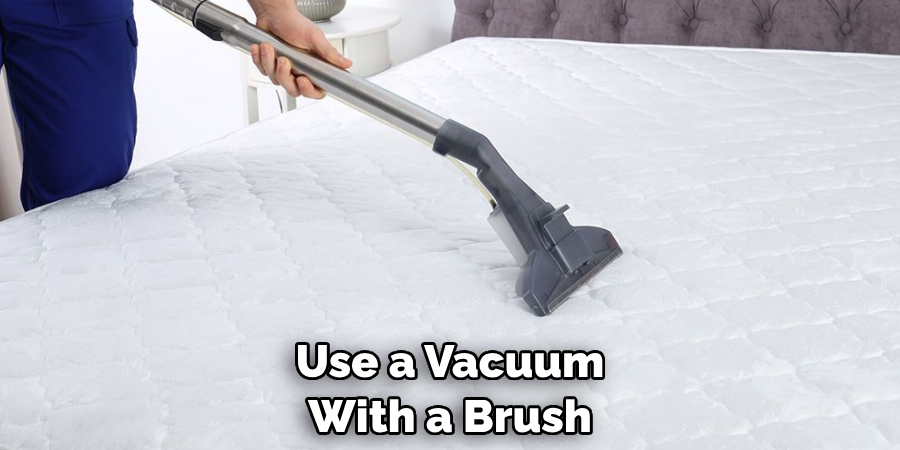
Step 2. Spot Clean Stains
If there are any stains on the mattress, they should be spot-cleaned using an appropriate cleaning solution. A mixture of equal parts water and white vinegar can be used for most types of stains, but other solutions may need to be used depending on the type of stain. After spot cleaning, it is important to allow the area to dry completely before moving on to the next step.
Step 3. Flip or Rotate The Mattress
Flipping or rotating your mattress can help extend its life by evening out wear and tear that occurs over time due to sleeping in one position every night. If your mattress is two-sided, it should be flipped every six months; if it is one-sided, it should be rotated every three months. This will help keep your mattress comfortable for longer periods of time.
Step 4. Use a Mattress Topper
Using a mattress topper can help improve comfort and support while also protecting the mattress from wear and tear caused by body heat and sweat during sleep. A memory foam or latex mattress topper can provide additional cushioning while also helping reduce pressure points that cause discomfort throughout the night.
Step 5. Refresh with Baking Soda
Baking soda can help absorb odors from mattresses so they smell fresh again without having to use harsh chemicals or perfumes that could irritate allergies or asthma symptoms in some people. Sprinkle baking soda liberally over the entire surface of the mattress and let sit for at least 30 minutes before vacuuming off for best results.
Step 6. Air Out Your Mattress Regularly
To keep your mattress smelling fresh between deep cleanings, you should air out your mattress regularly by leaving it uncovered for several hours each week when possible (just make sure not to leave it uncovered when you’re not home). This will help circulate fresh air around your bedding which can help reduce odors caused by sweat and other body fluids that accumulate over time while you’re sleeping in bed each night.
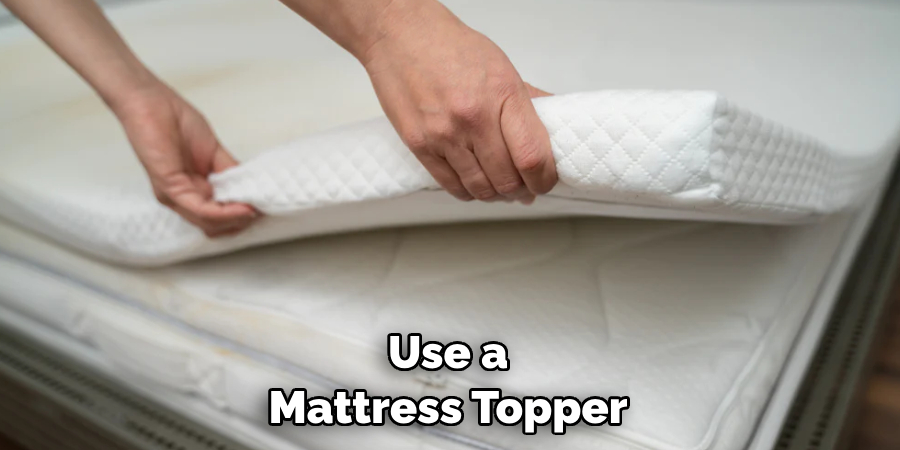
Step 7. Wash Bed Sheets Regularly
Washing your bed sheets regularly–at least once per week–can also help keep odors from accumulating in your bedding over time since body oils and sweat tend to build up more quickly when sheets aren’t washed frequently enough. Additionally, washing sheets regularly helps reduce allergens such as dust mites which thrive in warm moist environments like beds.
Step 8. Use Allergen-Proof Covers
Using allergen-proof covers on mattresses, pillows, comforters, blankets, etc . can also help reduce allergens such as dust mites, pet dander, mold spores, etc. These covers typically have tightly woven fabrics designed specifically to block allergens from entering bedding items where they could otherwise cause allergic reactions or asthma attacks in some people.
Step 9. Replace Your Mattress Every 8 Years
It’s recommended that you replace your mattress every 8 years (or sooner if necessary) since mattresses naturally break down over time due to regular use which causes them to become less supportive and comfortable than when they were new.
Replacing old mattresses with newer models helps ensure better sleep quality since newer models usually provide better support than older ones do after years of wear & tear have taken their toll on them.
Step 10. Use Essential Oils
Essential oils such as lavender, tea tree oil, eucalyptus oil, etc . can also be used for refreshing mattresses since these natural fragrances are known for their calming effects which many people find helpful when trying to relax & drift off into a peaceful sleep at night.
Simply add a few drops of essential oil onto a cloth & lightly dab onto areas of the mattress you want to be refreshed – just make sure not to get too much oil onto fabric surfaces so they don’t get stained!

Things to Consider When Refreshing a Mattress
When refreshing a mattress, there are a few key things to consider. First, it is important to assess the condition of your mattress. If the mattress has any visible signs of wear and tear, it may be time for a replacement. Additionally, if you have allergies or other sensitivities, make sure that the materials used in refreshing your mattress are hypoallergenic.
Once you have decided to refresh your mattress, the next step is to choose a suitable method for doing so. There are several options available such as deep cleaning or adding a new layer of padding or fabric. Depending on the type of mattress and degree of wear and tear, different methods may be more appropriate than others. For example, if your mattress is particularly worn out, you may want to consider a deep cleaning method.
Finally, it is important to ensure that your mattress is properly ventilated and aired out after refreshing. This will help prevent the growth of mold or mildew and also keep the mattress smelling fresh.
You should also check for any signs of damage or wear and tear on a regular basis to make sure that your mattress is in the best condition possible. Following these tips can help prolong the life of your mattress and ensure that it remains comfortable for a long time to come.
Safety Precautions When Refreshing a Mattress
When refreshing a mattress, it is important to take safety precautions. Consider the following:
- Wear a dust mask and gloves to protect yourself from any dust or other particles that may be present in the mattress.
- Make sure your work area is well ventilated so you don’t inhale any airborne particles or toxins while working.
- Avoid using harsh chemicals or solutions when refreshing the mattress as these can damage the fabric.
- If you are dealing with an infested mattress, it is recommended to discard the item and invest in a new one.
- Be aware of any allergies or sensitivities you may have and take extra precautions if necessary.
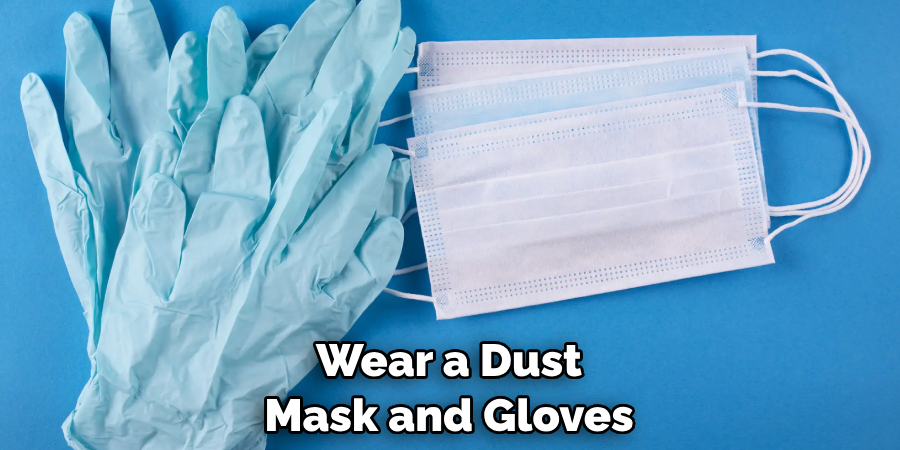
In addition to taking safety precautions while working, it is also important to consider the mattress’s care instructions before attempting any cleaning or refreshing. Improper care can lead to permanent damage and void warranties.
Common Mistakes to Avoid
When refreshing a mattress, there are some common mistakes that people should avoid. These include:
- Not using the right cleaning materials. Many mattresses can be damaged if the wrong cleaning products are used on them, so make sure to research which materials work best for your specific mattress.
- Not following instructions correctly. If any instructions exist for the mattress, make sure to read and follow them to the letter. This can help ensure that your mattress is refreshed correctly and that no damage occurs.
- Not letting the mattress dry before you start using it again. After cleaning a mattress, be sure to give it enough time to air out and dry completely before sleeping on it again or placing bedding on top of it. Otherwise, you risk damaging the mattress or sustaining an allergic reaction.
- Not cleaning your mattress often enough. Over time, mattresses can accumulate dirt and debris that can cause it to wear down faster than necessary, so be sure to refresh your mattress at least once every few months.
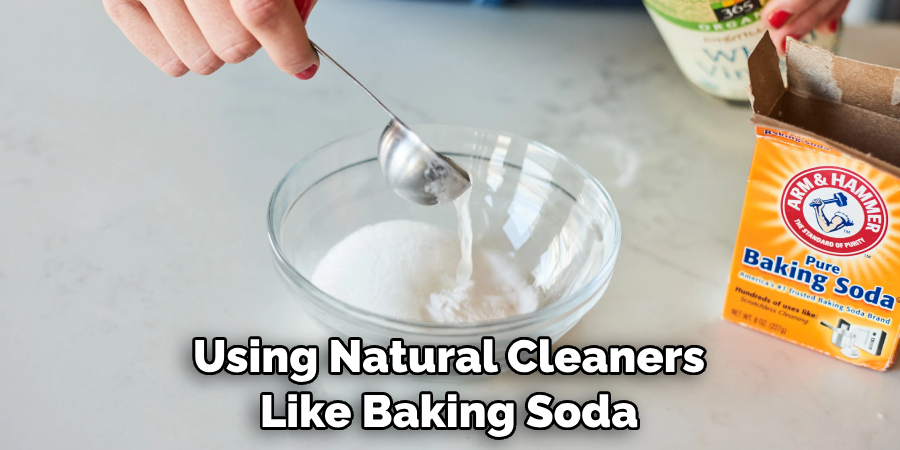
Conclusion
Refreshing a mattress requires dedication but can be incredibly rewarding. Not only will it make your sleep more restful, but also help keep your bed bugs free and dust-free.
Take the time to consider a few of these easy steps on how to refresh a mattress and then find the right materials to get the job done. Take off the linen and consider washing or replacing them, then clean the mattress thoroughly using natural cleaners like baking soda.
Finally, layer it with something like foam that can help support the mattress and give it an extra bump in comfort level. Taking this time now will leave you feeling much better come tomorrow morning when you crawl into bed at night – refreshed!
